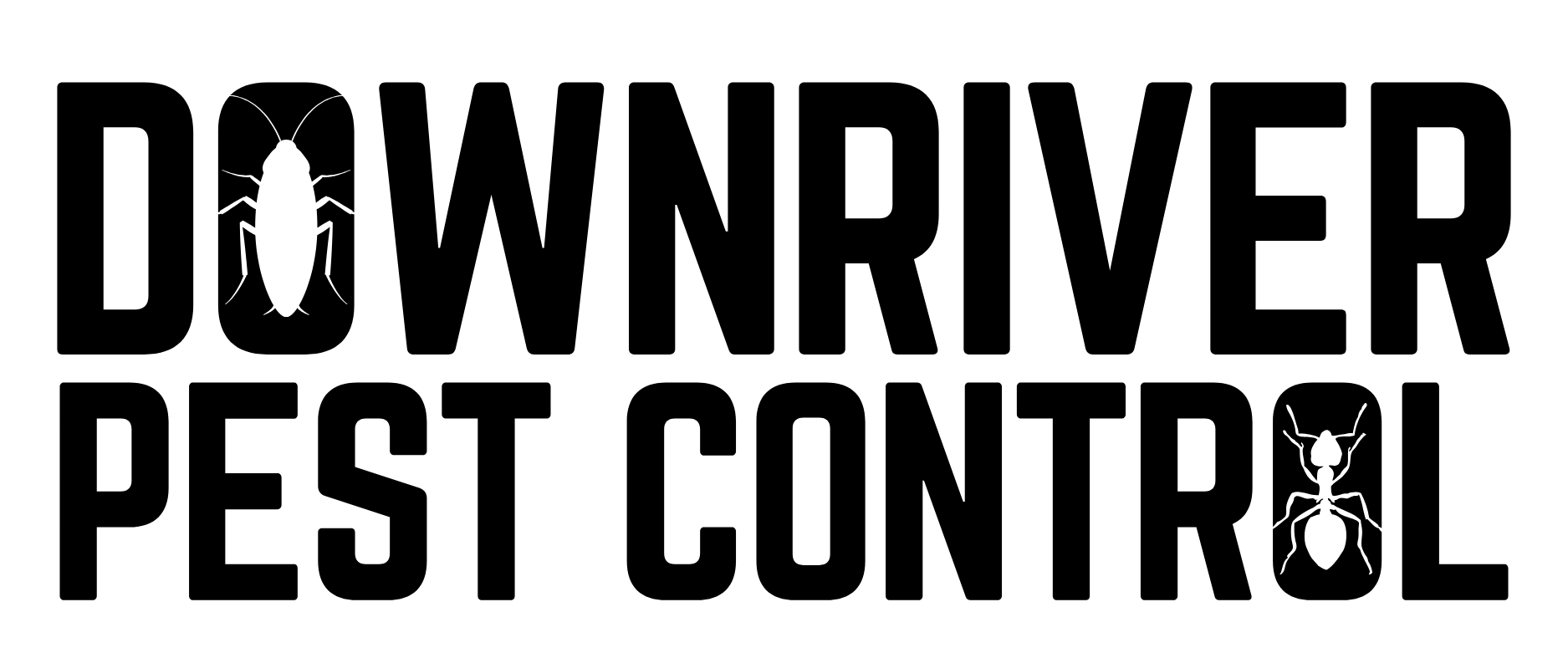FLEA’s
Contact Us
Flea Facts
- Tiny Insects: Fleas are small, wingless insects that belong to the order Siphonaptera. They typically measure about 1 to 2.5 millimeters in length.
- Blood-Feeding Parasites: Fleas are ectoparasites, meaning they live on the outside of their host's body and feed on their blood. They are known for their bites, which can be itchy and uncomfortable.
- Jumping Ability: Fleas are exceptional jumpers. They can jump up to 150 times their own body length. This incredible jumping ability allows them to easily move from host to host.
- Life Cycle: Fleas have a four-stage life cycle: egg, larva, pupa, and adult. The pupa stage can be dormant for several weeks or even months, making them resilient to environmental conditions.
- Host Specificity: While some fleas are host-specific (e.g., cat fleas, dog fleas), others can infest a wide range of mammals, including humans. The human flea (Pulex irritans) is an example of a flea species that primarily feeds on humans.
- Vector of Disease: Fleas are known vectors for various diseases. The most infamous example is the transmission of the bacterium Yersinia pestis, which causes bubonic plague. Fleas that infest rodents can transmit the disease to humans through their bites.
- Flea Allergies: Some people and animals are allergic to flea saliva. When bitten, they may develop allergic reactions, including itching, redness, and rash. This condition is known as flea allergy dermatitis.
- Flea-Borne Typhus: Fleas can transmit a type of typhus known as murine typhus. It is caused by the bacterium Rickettsia typhi and is typically spread through the bite of infected fleas.
- Fleas in History: Fleas have been a significant historical pest. They were responsible for spreading diseases like the Black Death in Europe during the Middle Ages, leading to devastating pandemics.
- Preventing Flea Infestations: To prevent and control flea infestations, pet owners often use flea collars, topical treatments, and regular grooming. In homes, vacuuming and washing pet bedding can help eliminate fleas.
- Flea Control Products: There are various flea control products available, including flea shampoos, powders, sprays, and oral medications for pets. Some are designed to target specific life stages of fleas.
- Temperature Preferences: Fleas thrive in warm and humid environments. They are less active in cold temperatures but can survive in protected areas during the winter.
- Resistance to Insecticides: Over time, some flea populations have developed resistance to commonly used insecticides. This makes flea control more challenging in certain regions.
- Fleas in Wildlife: Fleas are not limited to domesticated animals and humans. They can also infest wildlife, such as rodents, birds, and other mammals.
- Lifecycle Shortening: Under favorable conditions, the flea life cycle can be as short as two weeks, allowing for rapid population growth.
- Female Flea Reproduction: Female fleas can lay hundreds of eggs over their lifetime. They often lay their eggs on the host animal, but the eggs can fall off into the environment.
- Flea Bites vs. Tick Bites: Flea bites are usually smaller and more numerous compared to tick bites. Ticks are larger and can stay attached to their host for longer periods.
- Flea Control Challenges: Controlling flea infestations can be challenging due to their ability to hide in carpets, bedding, and furniture. It often requires a combination of measures, including treating pets and their environment.
- Pet Health Impact: Severe flea infestations can lead to anemia in pets, especially in puppies and kittens. Anemia results from the loss of blood due to continuous flea feeding.
- Natural Predators: Some animals, such as certain types of birds and insects, are natural predators of fleas. They help in controlling flea populations in the wild.
Remember that proper flea control is essential for the health and comfort of both pets and humans, especially in areas where fleas are prevalent.
How To Prevent Fleas
- Regularly Groom and Inspect Pets:
- Brush and groom your pets regularly, especially during flea season.
- Use a fine-toothed flea comb to check for fleas and flea dirt (feces) in your pet's fur.
- Use Flea Prevention Products:
- Consult your veterinarian to select and administer flea prevention products appropriate for your pets.
- Options include topical treatments, oral medications, collars, and more.
- Wash Pet Bedding and Toys:
- Wash your pet's bedding, blankets, toys, and other items regularly in hot water.
- Use a dryer on high heat to kill any flea eggs or larvae.
- Vacuum Frequently:
- Vacuum your home thoroughly, including carpets, rugs, upholstery, and cracks and crevices.
- Dispose of the vacuum bag or empty the canister in an outdoor trash bin immediately.
- Wash Human Bedding and Upholstery:
- Wash your own bedding, pillow covers, and upholstery regularly.
- Vacuum and clean mattresses and box springs.
- Maintain a Clean Yard:
- Keep your yard well-maintained by mowing the lawn and trimming bushes and shrubs.
- Remove leaf litter, debris, and tall grass where fleas can hide.
- Treat Outdoor Areas:
- Consider using flea control products designed for outdoor use in areas where your pets spend time.
- Follow product instructions carefully to avoid harming beneficial insects.
- Use Natural Repellents:
- Consider using natural flea repellents such as cedar chips or diatomaceous earth in your home and yard.
- These can help deter fleas without the use of chemicals.
- Keep Stray Animals Away:
- Discourage stray animals from entering your yard, as they may introduce fleas.
- Repair any holes or gaps in fences to prevent access.
- Monitor for Signs of Fleas:
- Keep an eye out for signs of fleas on your pets, such as excessive scratching or biting.
- If you suspect fleas, take immediate action to address the issue.
- Consult a Professional:
- If you suspect a flea infestation or are unable to control fleas on your own, consult a pest control professional for effective treatment.
- Follow Vet Recommendations:
- Consult your veterinarian regularly for advice on flea control and treatment based on your pet's specific needs.
By following these steps and maintaining a consistent flea prevention routine, you can significantly reduce the risk of a flea infestation in your home and on your pets.

